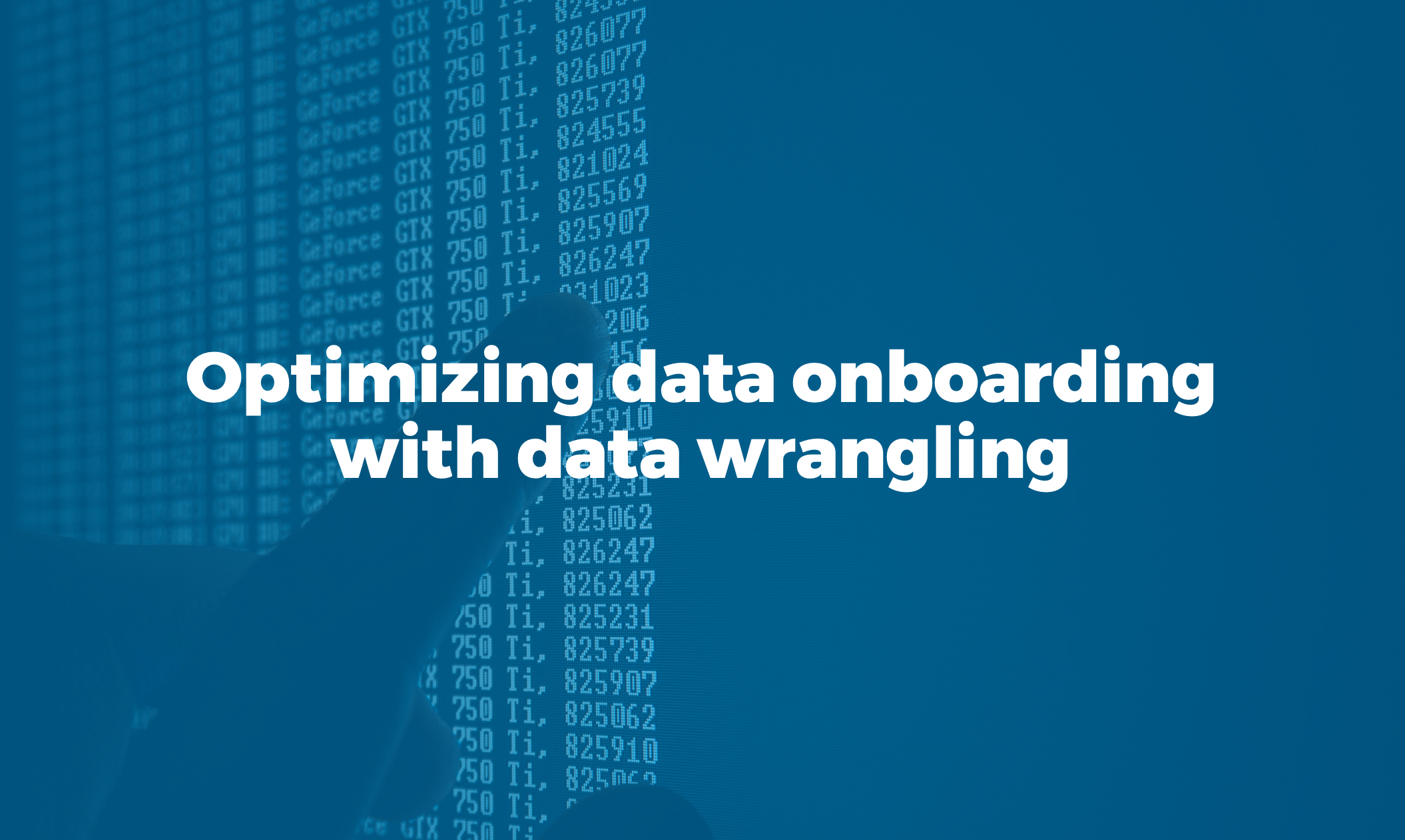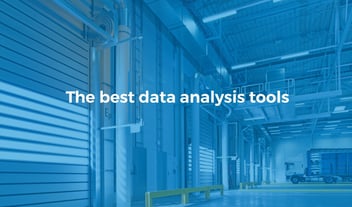Data onboarding is a step in many marketing intelligence strategies. Here's how data wrangling optimizes it.
Data onboarding is a process by which offline data, such as names, email addresses, physical addresses and phone numbers, are transferred to an online environment to be processed with business intelligence. It is used to relate customers offline with online users by relating the information obtained in both ways. It is a practice widely used in the field of marketing intelligence.

Onboarding requires several processes, such as data ingestion, anonymization, and distribution, and can dramatically improve the understanding and attribution of multi-channel marketing, expand the size of the target audience and improve campaign performance.
Since it deals with offline data, data onboarding requires a very important step, which is to get the data generated by non digital channels into the most appropriate format for analysis and marketing intelligence strategies. To achieve this, we use data wrangling.
What is data wrangling?
Data wrangling is the process of transforming data to make it more appropriate and valuable. That is, it is the way to get the raw data in the right format and conditions to be able to use it for other processes, such as machine learning or data analysis.
Some uses of this process can be data visualization, data aggregation or training of statistical models or, as we mentioned, marketing intelligence, among others, and the results serve data architects or data scientists to analyze them in more depth. Another use of the data treated in this way are the reports that are consumed by entrepreneurs or the processing of data by systems that store them in data warehouses or data lakes.
Specifically, some benefits of the data wrangling process are providing analysts with accurate and useful data, reducing the time spent collecting and sorting data, allowing professionals to focus only on analysis and not on other data transformation processes, and encouraging better decision making in less time.
Data wrangling in Microsoft Azure
Azure allows you to quickly design, create and manage data flows that run at scale with the performance needed to prepare data for analysis. Featured data wrangling features include column management, row filters, adding and transforming columns, merging tables, grouping, sorting and narrowing rows, and more.
Azure enables variable data flows to be implemented as an end-to-end ETL process step, using a visual drag and drop environment. The data wrangling solution must encourage iterative processes of organization, publication and monitoring while allowing customization.
In addition, a data wrangling solution well integrated with Azure Data Catalog provides data lineage and traceability for data transformation workflows, ensuring compliance with laws and regulations and company auditability.
Because of the time savings, good integration and efficiency, Azure is the right platform to carry out your data wrangling processes, as it allows you to prepare your data on a cloud scale without writing any code. Azure offers the possibility of carrying out these processes in a self-service way, which reduces the amount of resources needed to carry them out and brings ETL processes closer to corporate BI spaces.



